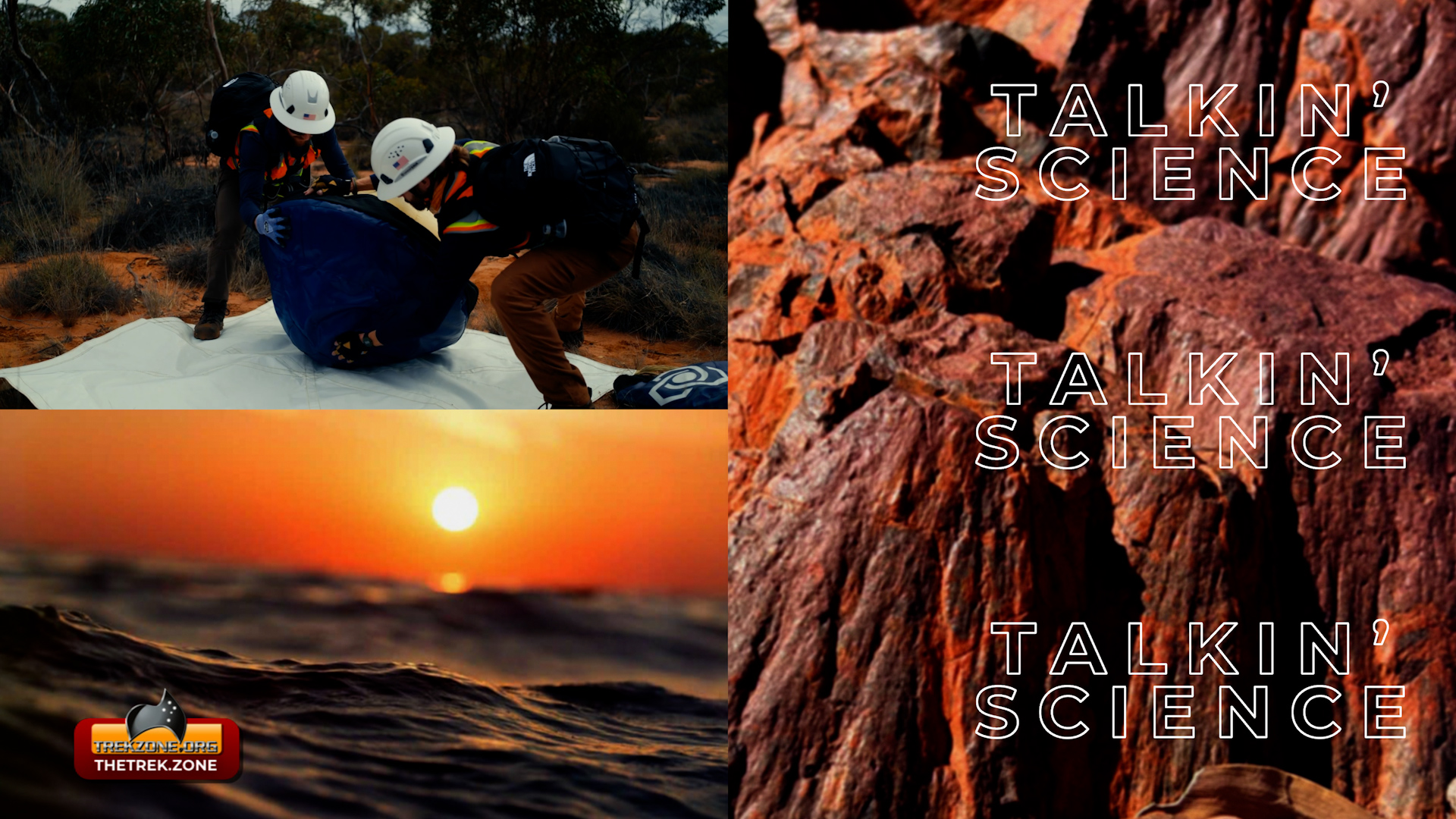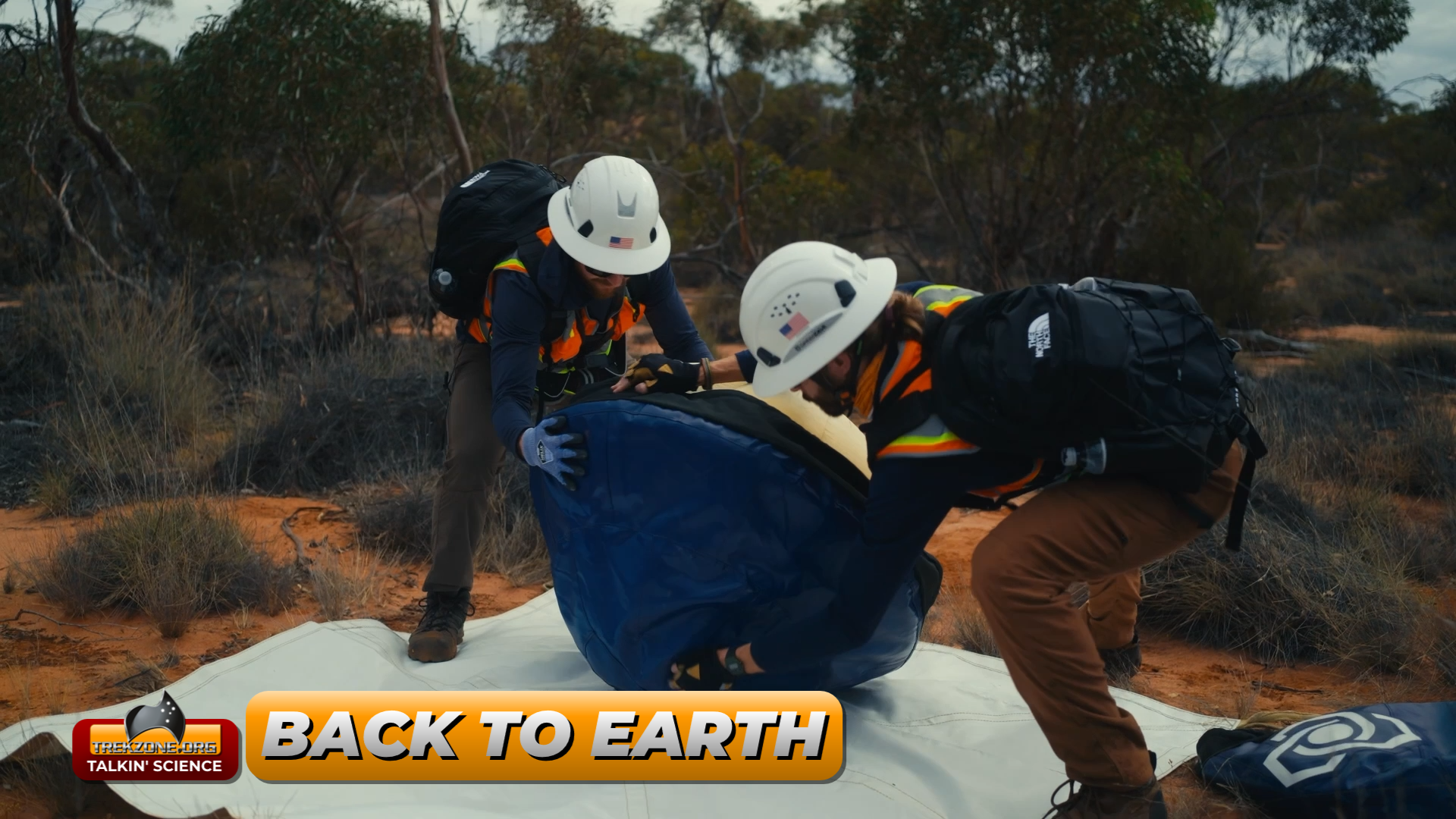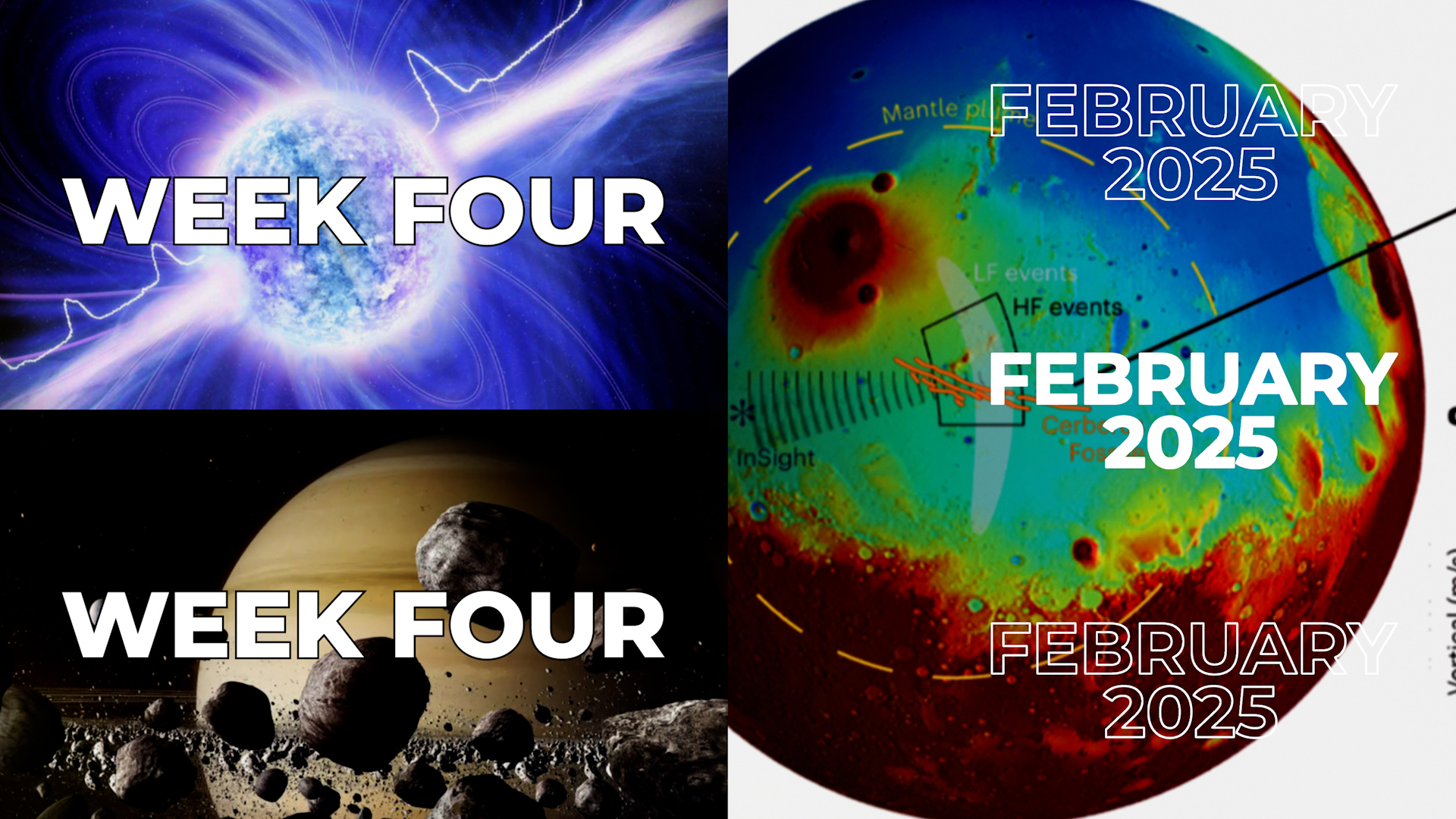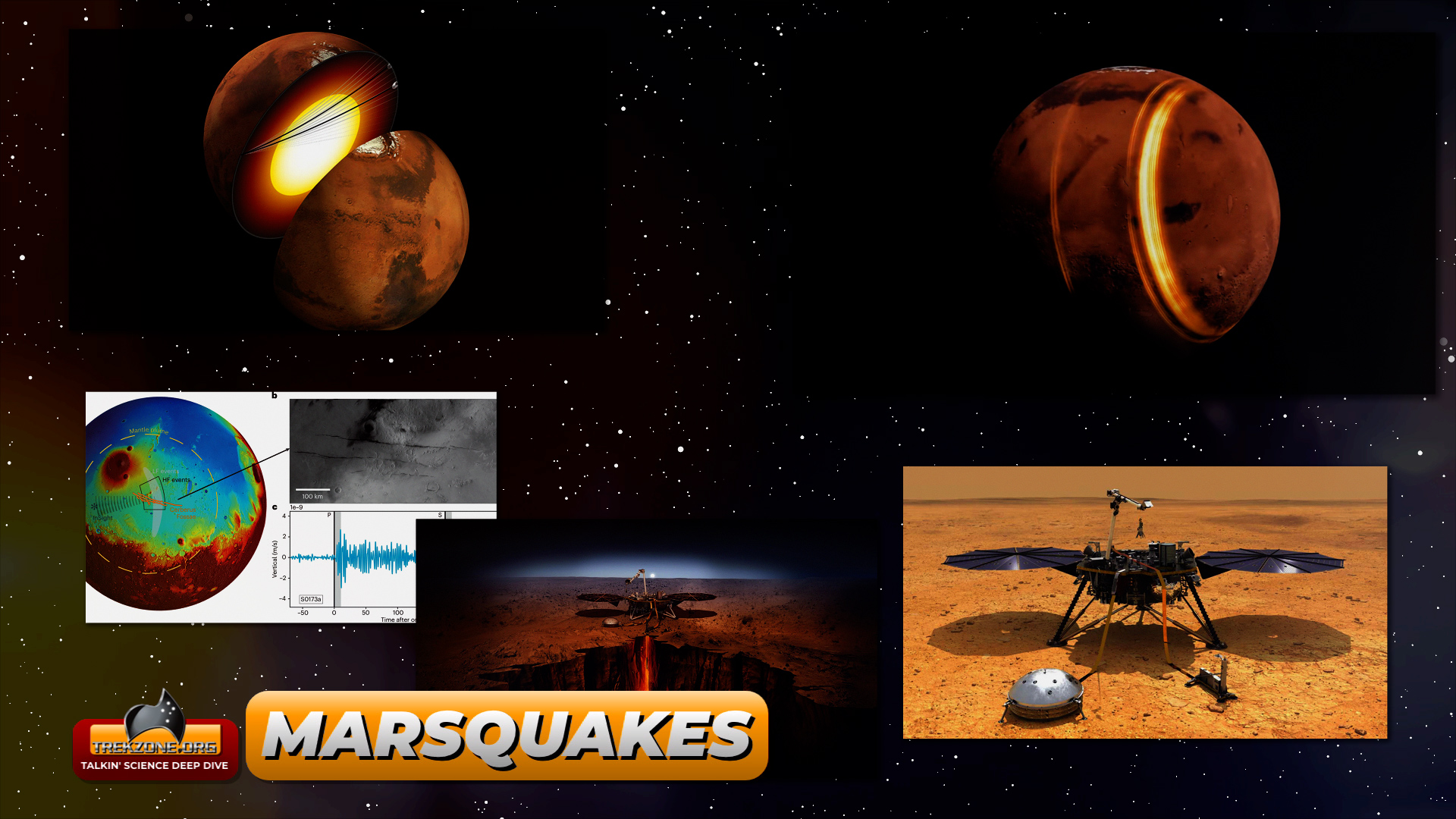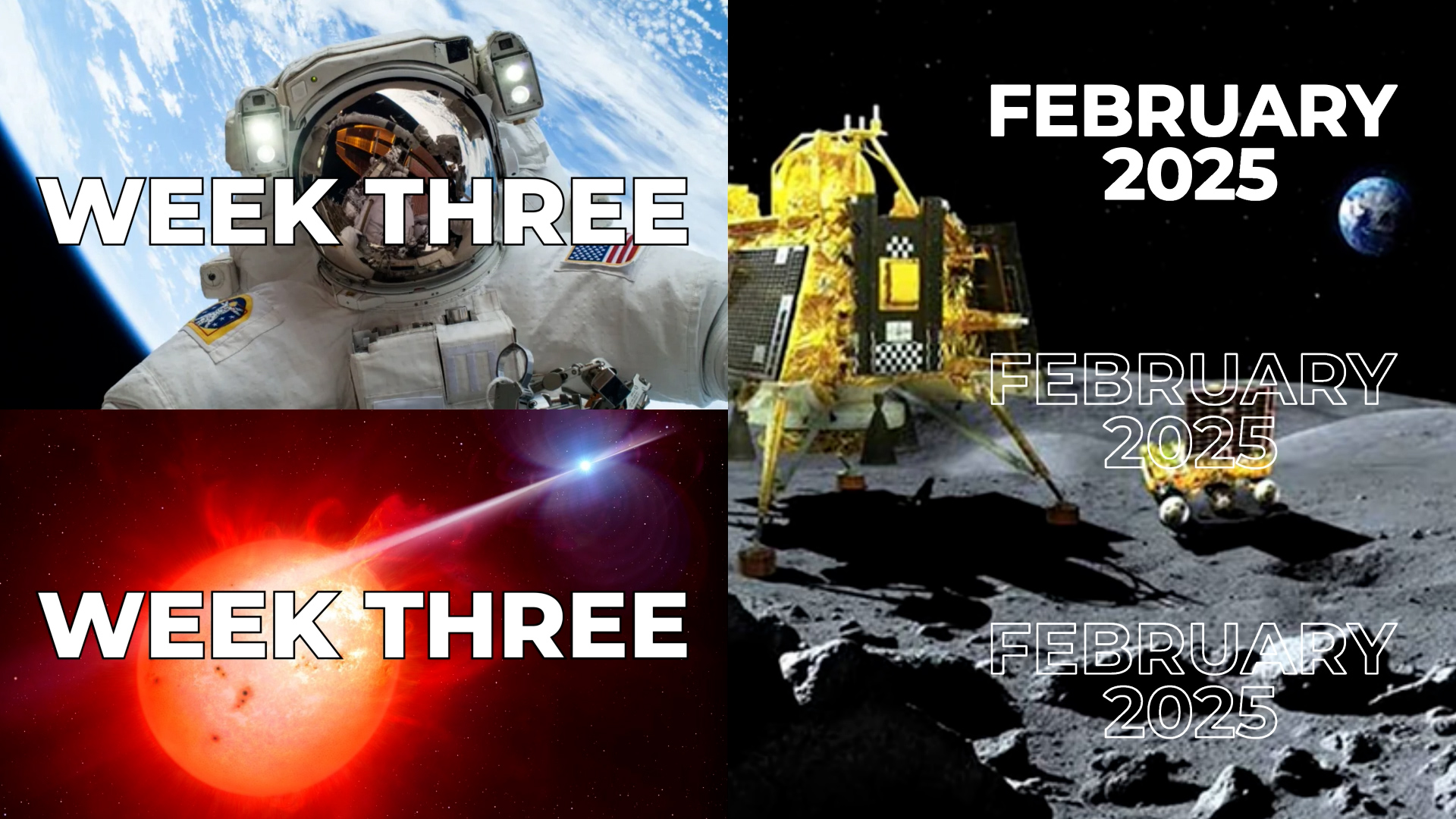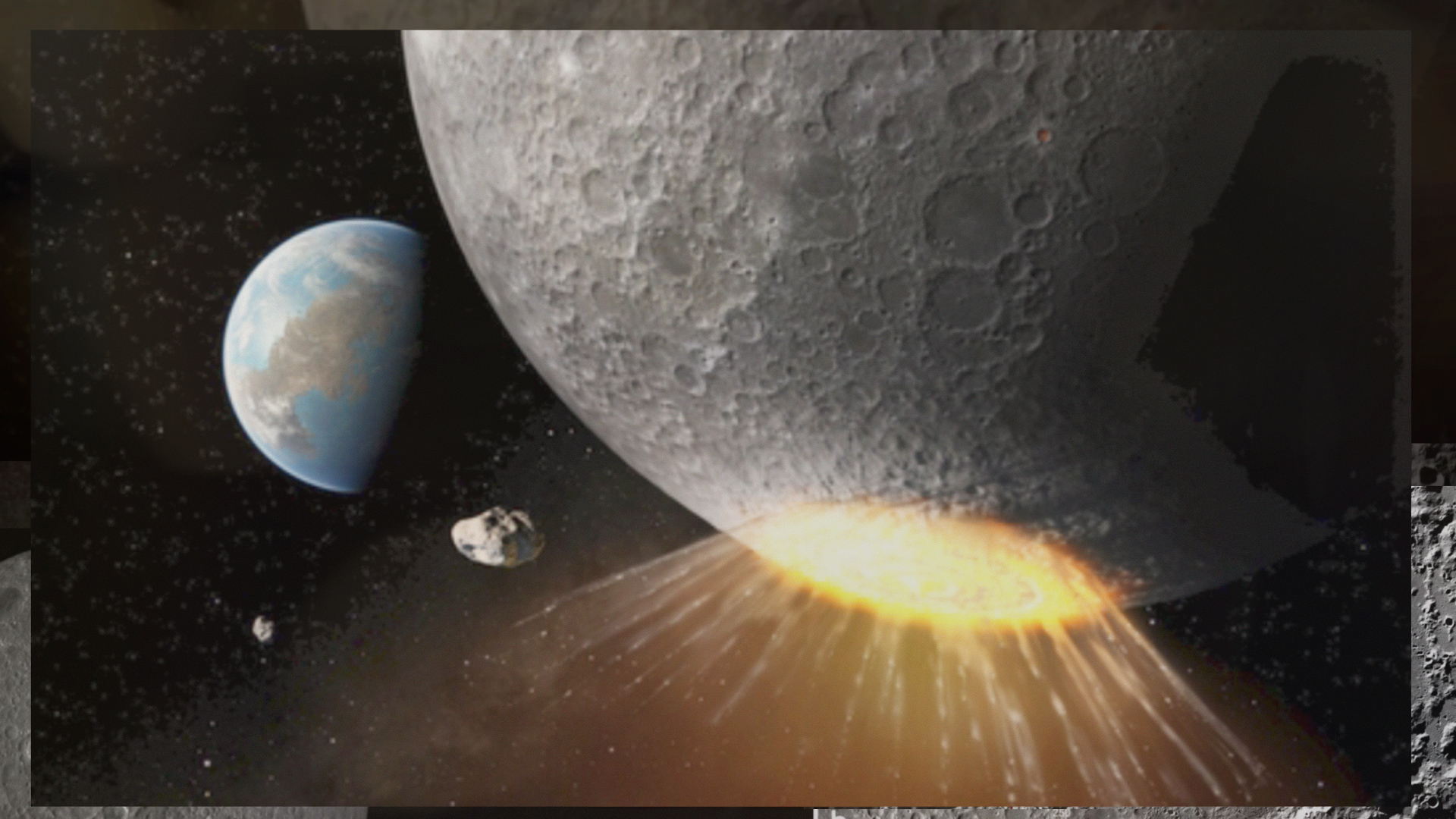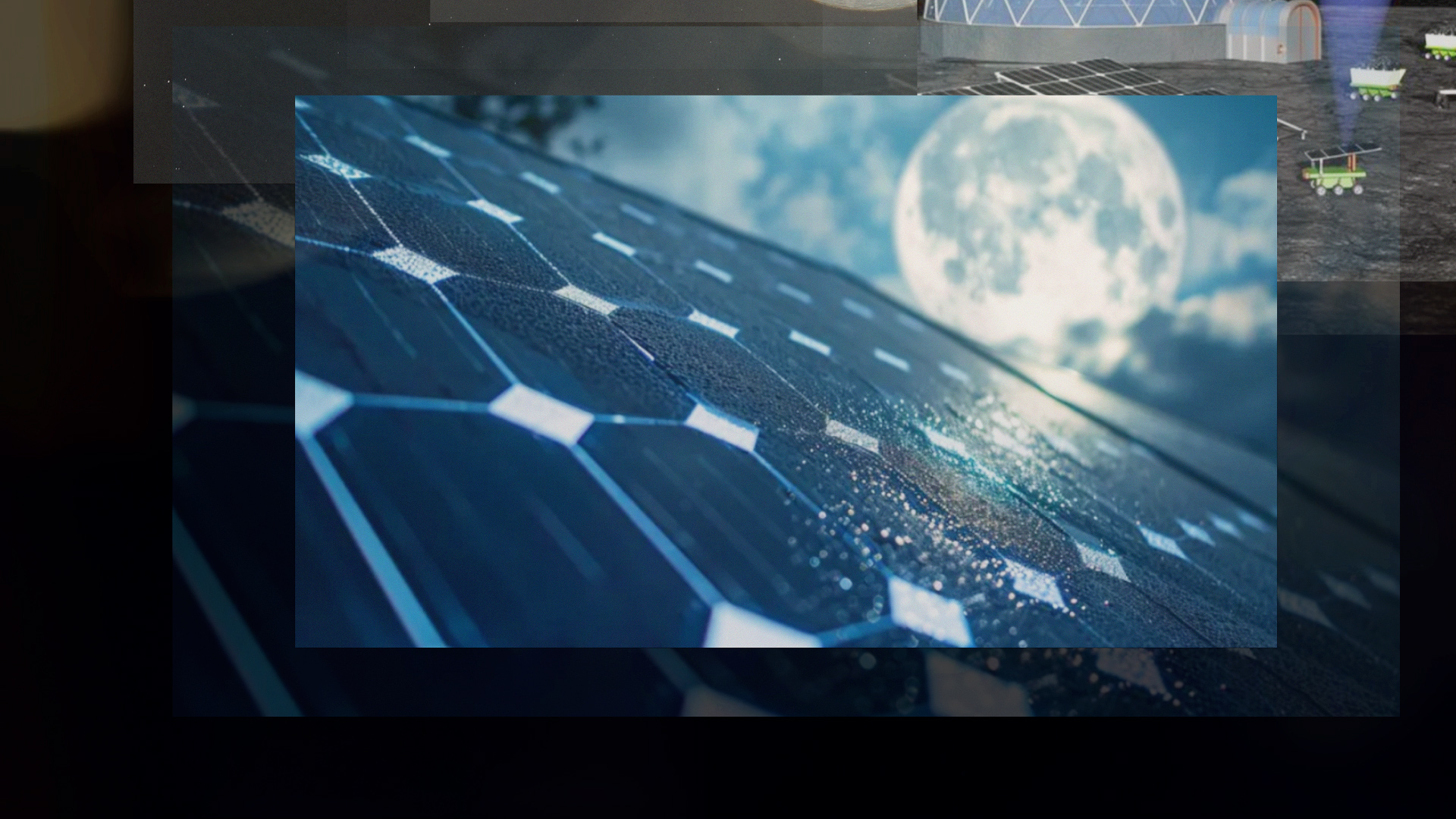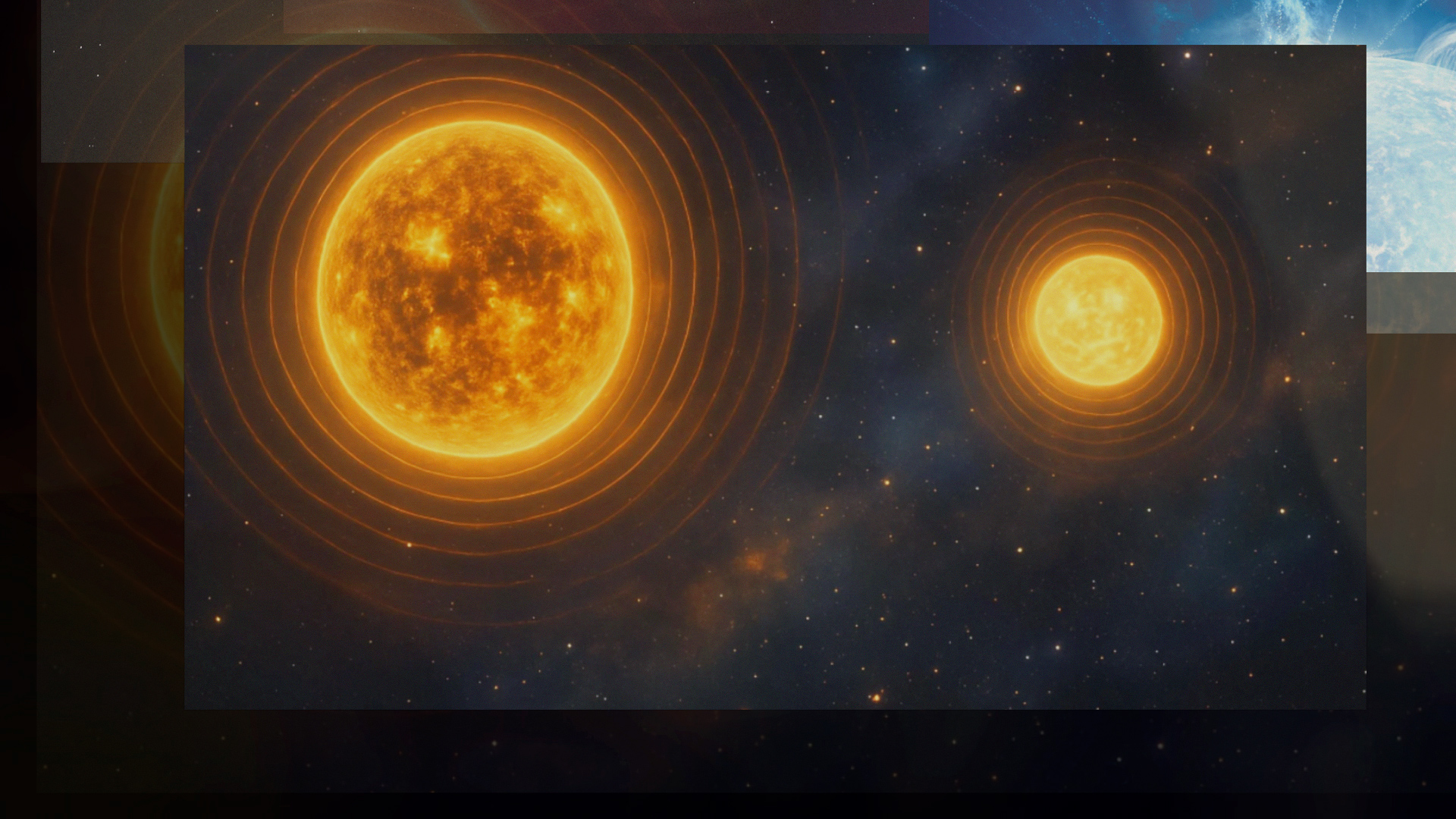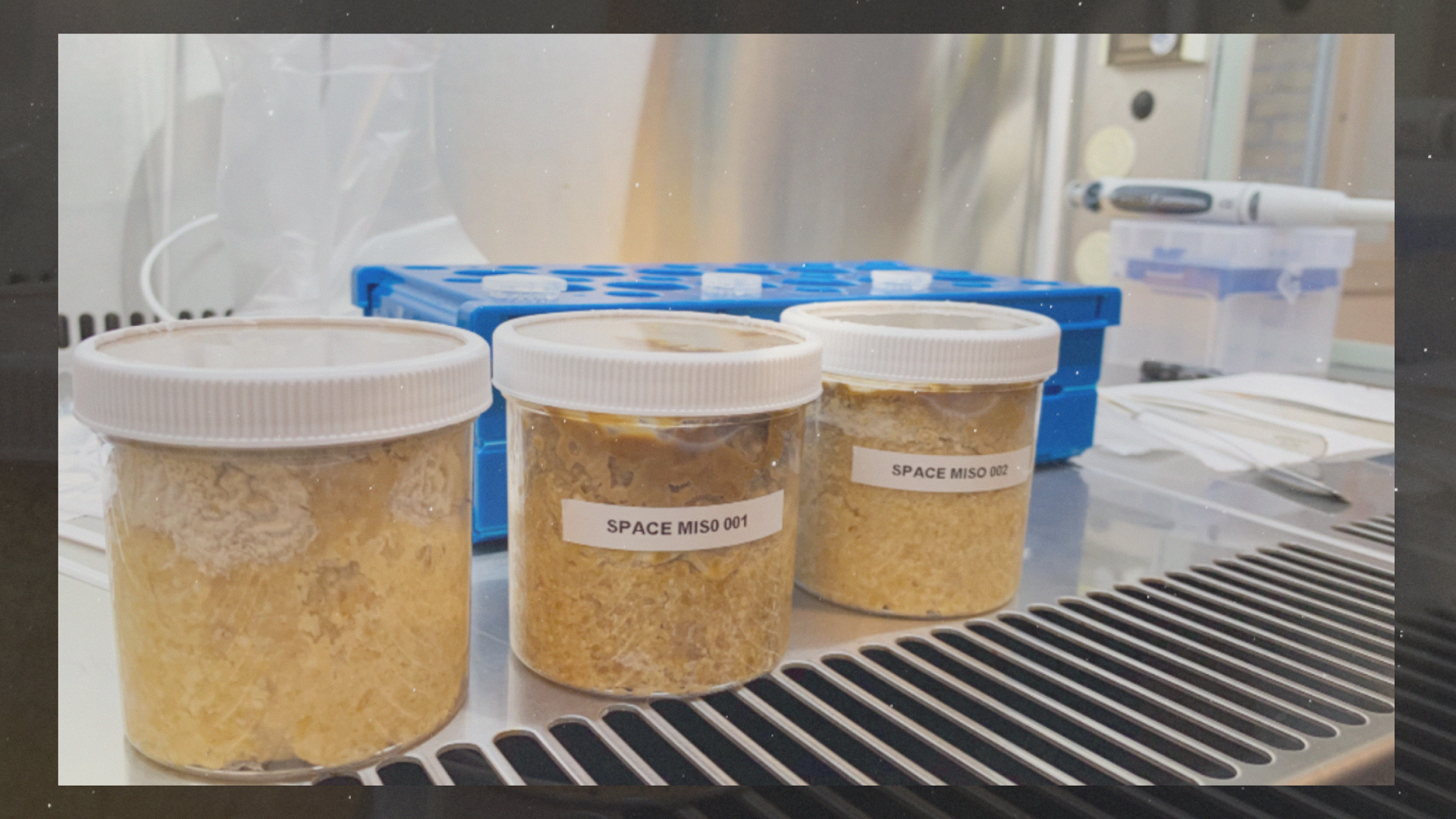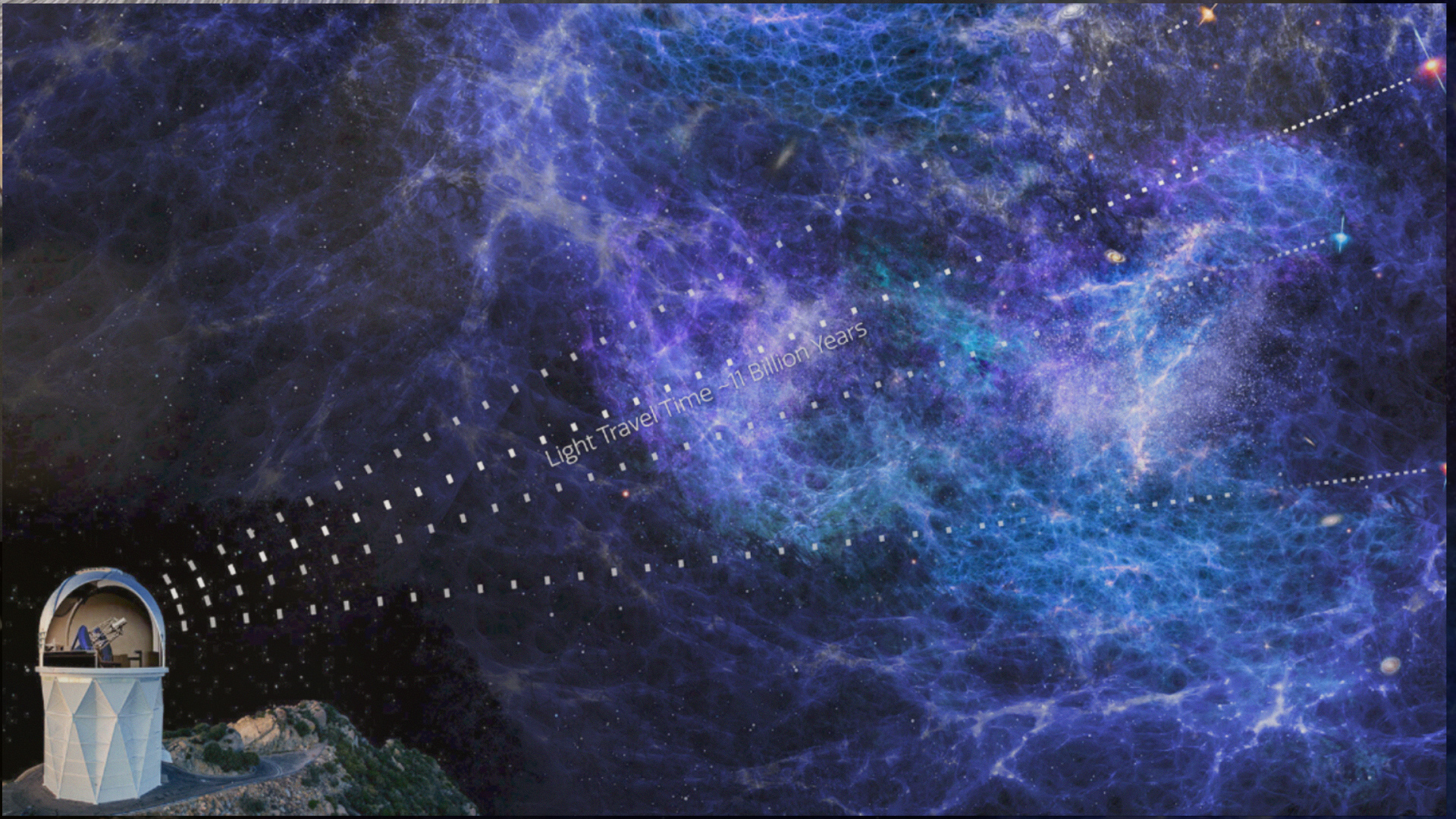The Moon is thought to have been formed through a crash between the early Earth and a Mars-sized protoplanet, after which the Moon’s ocean of magma began to solidify. However, new research argues there was a period well after that when the Moon’s surface “melted” again and changed the appearance of certain rock samples that made them look younger than they actually are. The researchers say other evidence points to the Moon actually being up to 4.53 billion years old.
Francis Nimmo and colleagues argue that the frequent occurrence of approximately 4.35-billion-year-old rocks may be indicative of that remelting event, driven by the Moon’s orbital evolution, rather than the first solidification of the lunar magma ocean.
The authors use modelling to show that the Moon may have experienced sufficient tidal heating to cause this remelting which could have ‘reset’ the apparent formation age of these lunar samples.
In addition, the remelting of the Moon would explain why there are fewer lunar impact basins from early bombardment than might be expected, as they would have been erased during a heating event. The authors posit that this explanation would suggest the formation of the Moon occurred between 4.43 and 4.53 billion years ago, at the upper limit of previous age estimates.
These insights help us align our understanding of the Moon’s formation with existing knowledge of terrestrial planetary formation.



